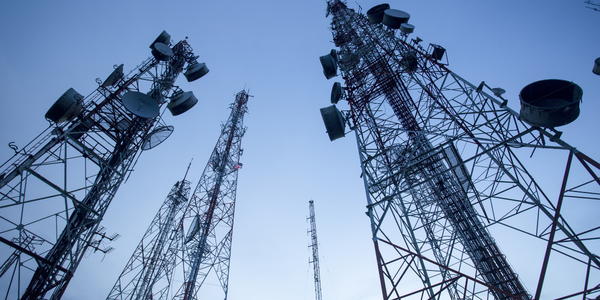Technology Category
- Cybersecurity & Privacy - Network Security
- Networks & Connectivity - Cellular
Applicable Industries
- National Security & Defense
- Telecommunications
Use Cases
- Traffic Monitoring
- Transportation Simulation
Services
- Cybersecurity Services
- Hardware Design & Engineering Services
About The Customer
The customer in this case study is a leading telecom provider that operates one of the largest LTE networks in the United States. The provider serves more than 80 million customers and supports a diverse range of network traffic, from simple voice calls to text, email, and streaming video. The traffic mix and bandwidth requirements of the provider change daily, and it faces an expanding attack surface with traffic entering the network from various sources. The telecom provider has experienced rapid growth in its customer base, traffic volumes, and the global cyber attack landscape. It has been a victim of highly visible DDoS attacks and credential thefts, prompting the need for robust network security defenses.
The Challenge
The telecom provider, operating one of the largest LTE networks in the US and serving over 80 million customers, faced the challenge of protecting a vast and diverse network environment. The network supports a wide range of traffic, from voice calls to streaming video, with the traffic mix and bandwidth requirements changing daily. The provider needed to secure an expanding attack surface with traffic entering the network from various sources, including handsets, the Internet, and point-to-point vendor connections. Concurrently, the provider was grappling with an increase in the volume, diversity, and sophistication of cyber attacks. In recent years, service providers have fallen victim to highly visible DDoS attacks that disrupted networks and services. Attackers also frequently stole credentials and attempted to gain access via brute force attacks. The telecom provider required network security defenses that could accommodate the rapid growth of its customer base, traffic volumes, and the global cyber attack landscape.
The Solution
To address its diverse traffic requirements and security challenges, the telecom provider deployed Check Point Next Generation Firewalls. The company uses numerous firewalls to defend network perimeters and segments against malicious actors. It has deployed Check Point 23000 and the 26000 Series data center and high-end enterprise firewalls with data center-grade hardware to maximize uptime and performance. Check Point 44000 firewalls provide multi-blade, chassis-based solutions that scale up to 66,000 SPU to handle the company’s continuous growth. The firewalls also offer IDS and IPS capabilities used as additional preventive measures. The IT manager’s team also relies on Check Point to help them develop defenses along with the evolving threat landscape. From the firewall hardware to new capabilities, incident response features, and support, the Check Point team is committed to the telecom provider’s success.
Operational Impact
Quantitative Benefit

Case Study missing?
Start adding your own!
Register with your work email and create a new case study profile for your business.
Related Case Studies.

Case Study
Vodafone Hosted On AWS
Vodafone found that traffic for the applications peak during the four-month period when the international cricket season is at its height in Australia. During the 2011/2012 cricket season, 700,000 consumers downloaded the Cricket Live Australia application. Vodafone needed to be able to meet customer demand, but didn’t want to invest in additional resources that would be underutilized during cricket’s off-season.

Case Study
SKT, Construction of Smart Office Environment
SK T-Tower is the headquarters of SK Telecom. Inside the building, different types of mobile devices, such as laptops, smartphones and tablets, are in use, and with the increase in WLAN traffic and the use of quality multimedia data, the volume of wireless data sees an explosive growth. Users want limitless Internet access in various places in addition to designated areas.

Case Study
Data Capture for Afghanistan Forces
Electronic equipments on the field of Afghanistan provided information on the status of the vehicle and to identify potential threats surrounding it to the British Force. The monitoring and interpretation of this data requires robust and sophisticated digitization for data capture and communication.










